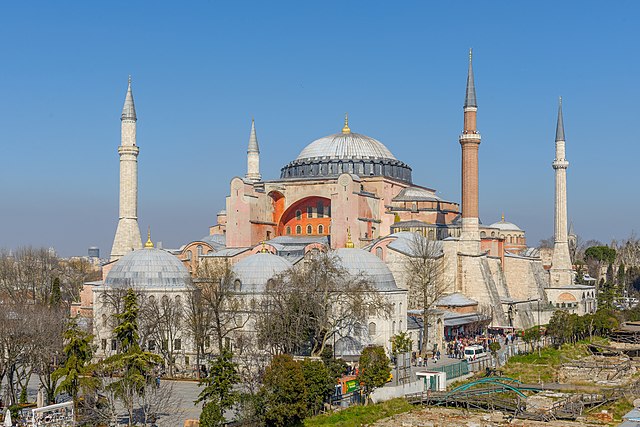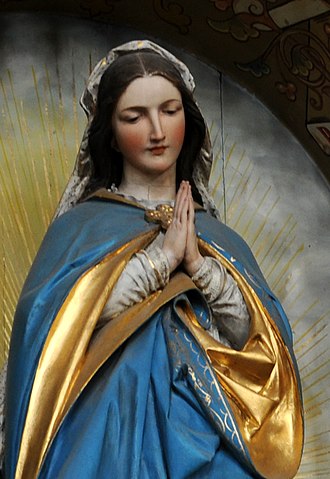We just learned about the Saint Ansgar.
Another part of early Christianity is the Glagolitic script.
When some people wanted to go to parts of Eastern Europe to tell people about Christianity, they had a problem.
The language called Old Slavic that the people spoke and wrote in was not something taught in schools, and there weren't books for how to read it or write it.
This was a problem because they wanted to give people Bibles and other writings to learn about Christianity, but nobody knew how to write in their language.
So some church workers named Cyril and Methodius worked to come up with an alphabet that they could put into books and then teach to people so they could read and write in this language.
The alphabet they came up with was called the Glagolitic Script.
The word really means something like "speaking letters" and it got it's name many years after the alphabet was made.
Because they worked so hard to make this Glagolitic script, they could go to Eastern Europe and teach people about God and Jesus.

(from: wikipedia - glagolitic script)
Kid Facts - Blast from the past: Decian Persecution


















